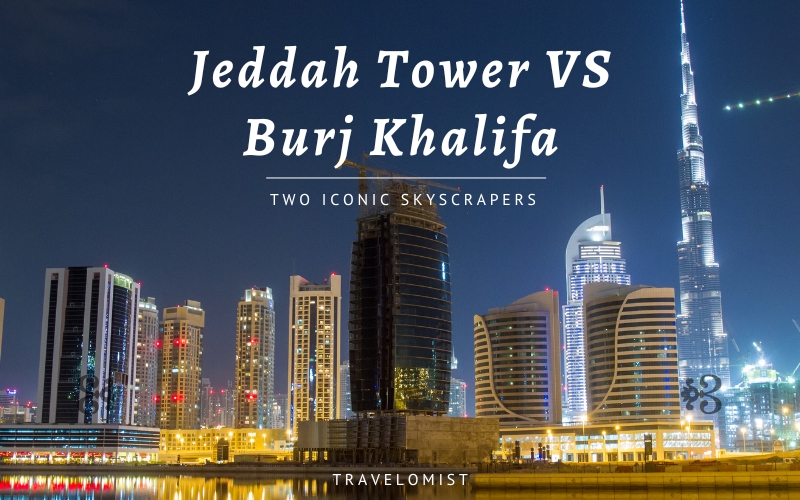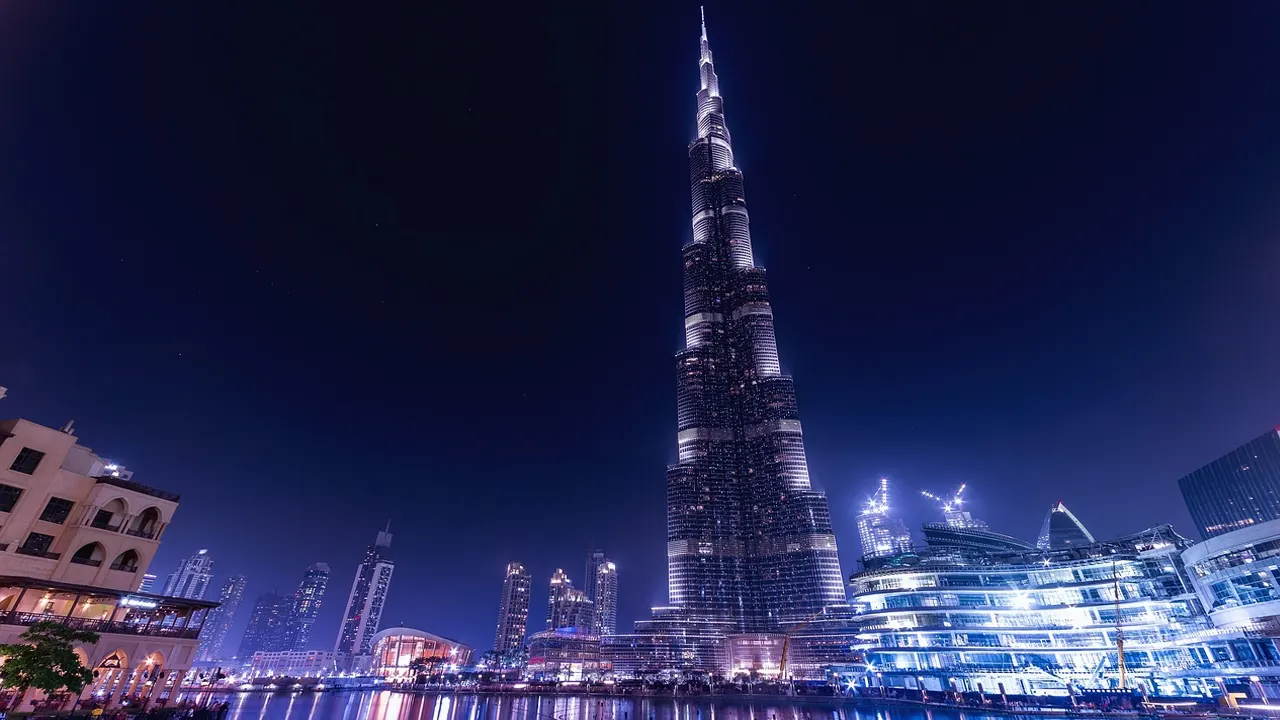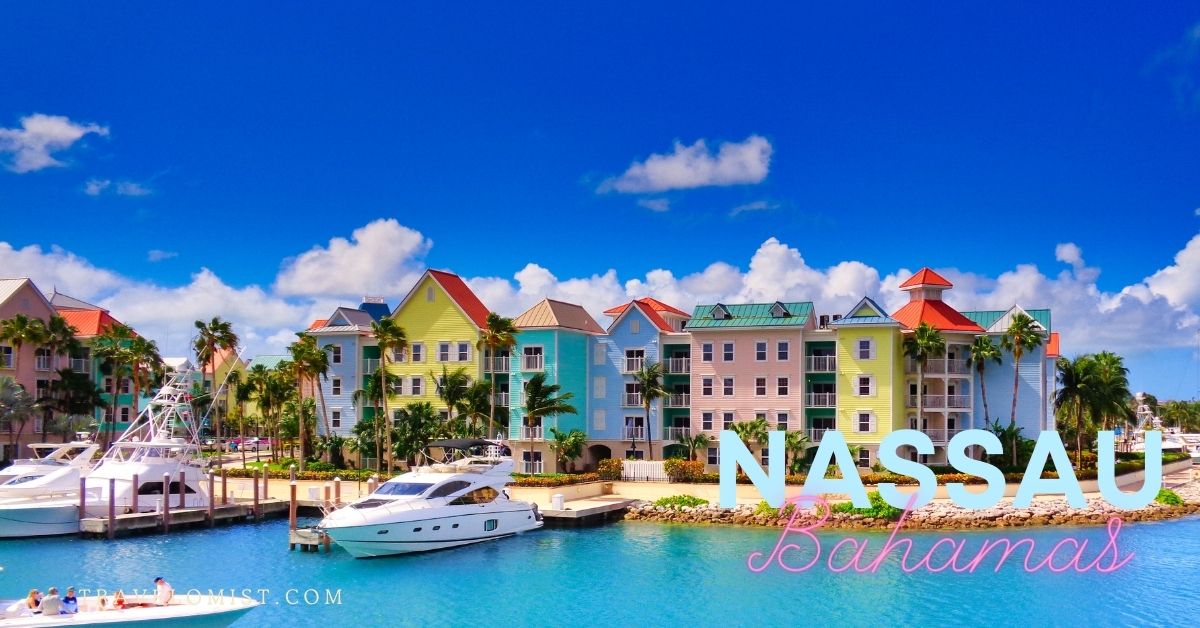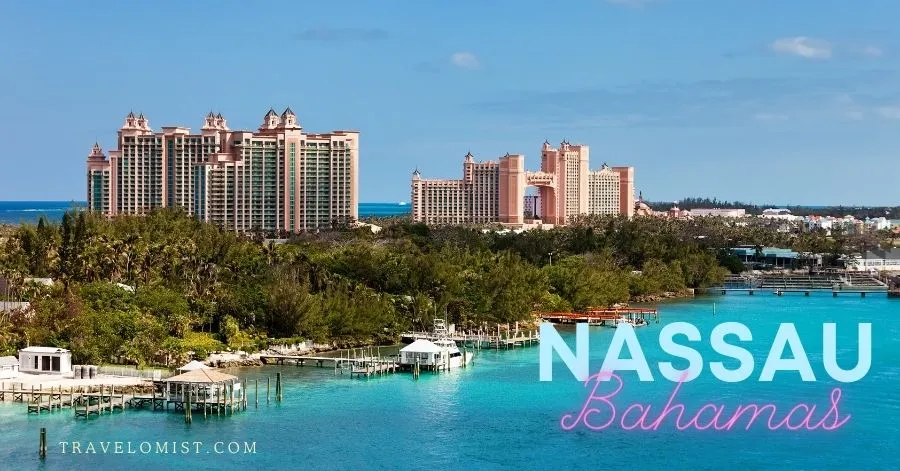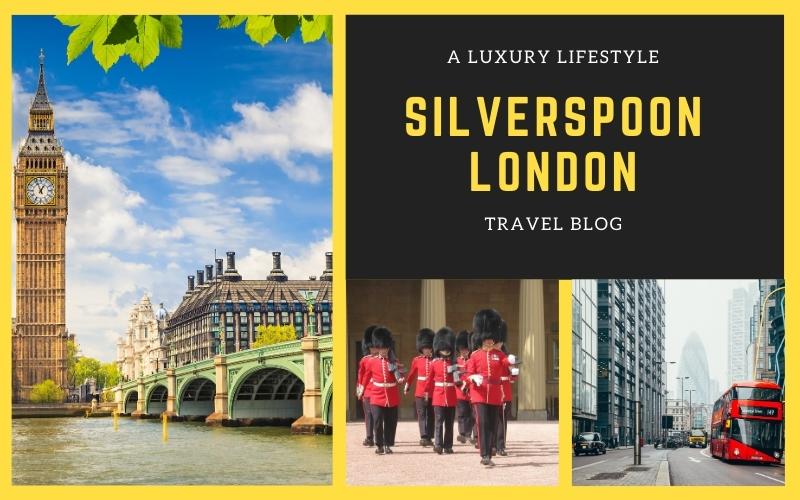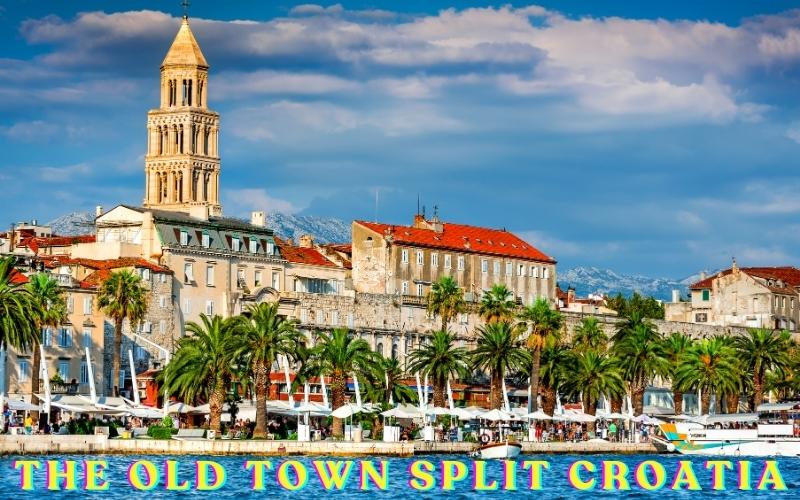Jeddah Tower vs Burj Khalifa – Two Iconic Skyscrapers
Table of Contents
ToggleJeddah Tower and Burj Khalifa are two iconic skyscrapers that have captivated the world with their impressive height and architectural grandeur. Here’s an overview of each tower:
Jeddah Tower
Jeddah Tower, also known as the Kingdom Tower, is a skyscraper currently under construction in Jeddah, Saudi Arabia. It is set to become the tallest building in the world, surpassing the height of Burj Khalifa upon completion. Designed by Adrian Smith, the same architect behind Burj Khalifa, Jeddah Tower aims to reach a height of over 1 kilometer (3,281 feet).
The tower’s design is inspired by the folded fronds of a young desert plant, symbolizing growth and prosperity. It will feature a sleek, tapered shape with a series of setbacks, gradually reducing the building’s mass as it ascends. Jeddah Tower will house a mix of residential apartments, luxury hotels, office spaces, and observation decks, offering breathtaking views of the Red Sea and the surrounding cityscape.
Burj Khalifa
Burj Khalifa, located in Dubai, United Arab Emirates, has held the title of the tallest building in the world since its completion in 2010. Designed by Adrian Smith, the tower stands at a staggering height of 828 meters (2,717 feet) and features a distinctive Y-shaped structure. Its design draws inspiration from Islamic architecture, with intricate geometric patterns adorning its exterior.
Burj Khalifa is a mixed-use building that houses luxury residences, corporate offices, a hotel, and various entertainment and observation decks, including the famous “At the Top” observation deck. It boasts cutting-edge engineering and design, incorporating advanced technologies to withstand extreme weather conditions and high winds. The tower has become an iconic symbol of Dubai’s ambition and modernization, attracting millions of visitors each year.
Both Jeddah Tower and the world’s tallest building represent architectural marvels and have significantly contributed to the skyline of their respective cities, showcasing the ambition, innovation, and engineering prowess of their designers and constructors.
Significance Of Comparing The Two Iconic Skyscrapers
Comparing Jeddah Tower and Burj Khalifa is significant for several reasons:
Height and Records: Both towers have broken records in terms of height, with each holding the title of the tallest building in the world at different points in time. Comparing them allows us to understand the advancements in engineering and construction techniques that have made such towering structures possible.
Architectural Design: Jeddah Tower and Burj Khalifa showcase different architectural styles and design approaches. Comparing their design elements, such as the shape, facade, and interior layout, provides insights into the creative vision of their architects and the cultural influences that shaped their aesthetics.
Structural Innovation: The construction of these megastructures required groundbreaking engineering solutions. By comparing Jeddah Tower and Burj Khalifa, we can explore the innovative structural systems, materials, and technologies employed in each building, such as reinforced concrete, tuned mass dampers, and wind engineering. This comparison sheds light on advancements in the field of high-rise construction.
Cultural Significance: Jeddah Tower and Burj Khalifa have become iconic landmarks that represent the aspirations and progress of their respective cities and nations. Analyzing their cultural impact helps us understand the symbolism and economic benefits associated with these structures. It also highlights how these towers have become tourist attractions and contributed to the global recognition and branding of their host cities.
Lessons Learned: Comparing Jeddah Tower and Burj Khalifa allows us to identify lessons learned from their construction and operation. The challenges faced, technological breakthroughs, and sustainability considerations can provide valuable insights for future high-rise projects worldwide.
In summary, comparing Jeddah Tower and Burj Khalifa provides a comprehensive understanding of the engineering achievements, architectural excellence, cultural impact, and lessons learned from these two remarkable skyscrapers. It helps us appreciate the scale of human ingenuity and the transformative power of visionary architecture in shaping our urban landscapes.
Height And Record-Breaking Status
Jeddah Tower
Jeddah Tower, currently under construction in Jeddah, Saudi Arabia, aims to surpass the height of Burj Khalifa and become the tallest building in the world upon completion. Here is a detailed description of Jeddah Tower’s height and its record-breaking status:
Unprecedented Height
Jeddah Tower is designed to reach a height of over 1 kilometer (3,281 feet), making it significantly taller than any existing building.
The exact final height of Jeddah Tower is not disclosed due to competitive reasons during its construction, but it is expected to exceed the current record held by Burj Khalifa.
Tallest Building in the World
Jeddah Tower is intended to surpass the record held by Burj Khalifa, which has been the tallest building since its completion in 2010.
The goal is to claim the title of the tallest freestanding structure in the world, surpassing the previous records set by Burj Khalifa, Taipei 101, and other iconic skyscrapers.
Architectural Aspirations
The height of Jeddah Tower is a testament to the architectural aspirations of the Kingdom of Saudi Arabia and their vision for Jeddah as a global city.
The tower’s immense height is meant to be a symbol of the country’s ambition, progress, and economic growth.
Engineering Challenges
Building a structure of such unprecedented height presents numerous engineering challenges.
The construction team had to overcome technical hurdles related to wind forces, foundation design, vertical transportation systems, and the use of innovative materials to ensure the tower’s stability and safety.
Construction Status
As of the knowledge cutoff in September 2021, Jeddah Tower is still under construction.
The project has faced delays and challenges throughout its development, but efforts are underway to ensure its completion.
Jeddah Tower’s ambitious height aims to redefine the limits of skyscraper construction and push the boundaries of human engineering and architectural achievement. By surpassing the height of Burj Khalifa, it seeks to become a global icon and a testament to the vision and aspirations of the Kingdom of Saudi Arabia.
Burj Khalifa
Burj Khalifa, in Dubai, United Arab Emirates, is currently the tallest building in the world. Here is a detailed description of Burj Khalifa’s height and its record-breaking status:
Unprecedented Height
Burj Khalifa stands at a remarkable height of 828 meters (2,717 feet), making it the tallest freestanding structure in the world.
It surpasses previous record holders such as Taipei 101 and the Petronas Towers.
Tallest Building in the World
Burj Khalifa earned the title of the tallest building in the world upon its completion in 2010.
It surpassed the height of the previous record holder, Taipei 101, by a significant margin.
Architectural Feat
The tower was designed by the architectural firm Skidmore, Owings & Merrill (SOM), with Adrian Smith as the chief architect.
Its design drew inspiration from Islamic architecture, incorporating geometric patterns and cultural elements into its aesthetics.
Structural Innovations
Burj Khalifa features several structural innovations that allow it to withstand the forces of wind and gravity.
The tower incorporates a bundled tube structural system, consisting of a series of tubes that extend up the building and provide stability against lateral forces.
The exterior of the tower is clad with reflective glass panels that enhance its visual appeal while minimizing solar heat gain.
Observation Decks and Facilities
Burj Khalifa offers observation decks for visitors to enjoy panoramic views of Dubai from different heights.
The “At the Top” observation deck, located on the 124th floor, provides breathtaking views of the city and surrounding areas.
The tower also houses luxury residences, corporate offices, a hotel (Armani Hotel Dubai), restaurants, and other recreational and entertainment facilities.
Global Icon and Tourist Attraction
Burj Khalifa has become an iconic symbol of Dubai and a major tourist attraction.
Its unique design, unparalleled height, and spectacular nighttime lighting displays make it a must-visit landmark for tourists from around the world.
Burj Khalifa’s record-breaking height and its status as the tallest building in the world have cemented its place in architectural history. It represents the ambition, vision, and engineering prowess of Dubai, showcasing the city’s rapid development and modernization. The tower’s height and distinctive design have made it an architectural marvel that attracts millions of visitors each year.
Architectural And Cultural Implications
The height of both Jeddah Tower and Burj Khalifa has significant architectural and cultural implications, contributing to their overall significance. Here is an exploration of the impact of height on these aspects:
Architectural Significance
Engineering Marvel: The towering height of these skyscrapers presents immense engineering challenges. Pushing the boundaries of construction technology and design, they showcase remarkable feats of engineering and innovation. The quest for height necessitates advanced structural systems, material choices, and construction techniques, leading to architectural advancements and breakthroughs.
Iconic Landmarks: The extraordinary height of these towers sets them apart from other buildings, transforming them into iconic landmarks that define the skyline of their respective cities. Their striking presence and distinct silhouettes create instantly recognizable symbols of architectural achievement, capturing the attention and imagination of people worldwide.
Vertical Urbanism: Tall buildings like Jeddah Tower and Burj Khalifa contribute to the concept of vertical urbanism. By stacking multiple functions vertically, they maximize land efficiency in densely populated areas. These towers integrate a mix of residential, commercial, and leisure spaces, creating self-contained vertical communities that serve as microcosms of urban life.
Cultural Significance
Symbol of Ambition: The height of these towers reflects the ambition and aspirations of the cities and countries in which they are located. They symbolize progress, economic growth, and the desire to be at the forefront of global innovation. These structures become cultural icons that embody the spirit and vision of their respective regions.
National Pride: Jeddah Tower and Burj Khalifa evoke a sense of national pride and identity. They represent the achievements and capabilities of their host countries, serving as architectural and engineering marvels that showcase their technological prowess on a global stage. These towers become sources of inspiration and symbols of national achievement.
Tourism and Economic Impact: The towering height and iconic status of Jeddah Tower and Burj Khalifa attract millions of visitors each year. Tourism related to these structures generates significant economic benefits for their respective cities, driving local businesses, hospitality industries, and job opportunities. They become magnets for both domestic and international tourists, enhancing the cultural and economic vibrancy of the regions.
The height of Jeddah Tower and Burj Khalifa elevates their architectural significance, highlighting their engineering accomplishments and making them iconic landmarks. The cultural impact arises from their representation of ambition, national pride, and their ability to attract tourists, fueling economic growth. These towers transcend mere buildings and become symbols of human achievement, reshaping skylines and leaving a lasting legacy.
Comparison Of The Design Elements And Architectural Styles Of The Towers
Jeddah Tower and Burj Khalifa exhibit distinct design elements and architectural styles that contribute to their unique identities. Here’s a comparison of the design elements and architectural styles of these two iconic towers:
Jeddah Tower
Tapered Form: Jeddah Tower features a sleek and tapered form with a series of setbacks as it ascends. The tower gradually reduces in mass, creating a dynamic and elegant silhouette that stands out in the Jeddah skyline.
Organic Inspiration: The design of Jeddah Tower draws inspiration from the folded fronds of a young desert plant. This organic inspiration is reflected in the tower’s curvaceous shape, resembling a blossoming flower. It represents growth and prosperity, blending nature with modernity.
Vertical Lines and Facade: The tower’s facade incorporates vertical lines, adding a sense of verticality and emphasizing its towering height. The exterior is clad in a curtain wall system, featuring glass panels that reflect the changing light and create a shimmering effect.
Sky Terrace: Jeddah Tower incorporates multiple sky terraces and observation decks at different heights, offering panoramic views of the city and the Red Sea. These outdoor spaces enhance the user experience and provide opportunities for interaction with the surrounding environment.
Burj Khalifa
Y-Shaped Structure: Burj Khalifa adopts a Y-shaped structural configuration. This design feature creates three wings that extend from the central core, allowing for maximum stability against wind forces while minimizing the impact of structural weight.
Islamic Influences: The architecture of Burj Khalifa draws inspiration from traditional Islamic design motifs. Geometric patterns and intricate detailing adorn the interior and exterior surfaces, paying homage to the rich cultural heritage of the region.
Vertical Stacking: The tower’s design emphasizes vertical stacking of functions. From the base to the top, Burj Khalifa houses a combination of residential apartments, offices, a hotel, and observation decks. Each section is clearly expressed in the overall form of the tower.
Tapered Silhouette: Burj Khalifa exhibits a gradually tapering silhouette as it ascends. The tower narrows towards the top, reducing the visual mass and creating a sense of elegance and lightness.
Illuminated Spire: At the top of Burj Khalifa, a spire is illuminated with various colors during special occasions and celebrations, making it a distinctive feature that enhances the tower’s visual impact and serves as a prominent landmark.
While both Jeddah Tower and Burj Khalifa are characterized by their impressive heights, their architectural styles and design elements showcase distinct approaches. Jeddah Tower’s organic inspiration and sleek profile evoke a sense of growth and harmony with nature, while Burj Khalifa’s Y-shaped structure and Islamic influences pay homage to cultural heritage while prioritizing functionality and stability. These design choices contribute to the visual appeal and individual character of each tower.
Comparison Of The Structural Features And Innovative Technologies
Jeddah Tower and Burj Khalifa incorporate various structural features and innovative technologies to ensure their stability, safety, and functionality. Here’s a comparison of the structural features and technologies used in each tower:
Jeddah Tower
Height-Specific Structural Systems: Jeddah Tower employs advanced structural systems specifically designed to handle the immense height of the building. These systems include reinforced concrete walls, steel columns, and a central concrete core that provide stability and structural integrity.
Wind Engineering: Given its extreme height, Jeddah Tower incorporates sophisticated wind engineering solutions. The design utilizes advanced wind tunnel testing and computer simulations to analyze wind loads and optimize the tower’s aerodynamic shape. Techniques such as adding setbacks and fins are employed to reduce wind effects and increase stability.
Foundation Design: The tower’s foundation is a critical aspect of its structural stability. Jeddah Tower utilizes a deep foundation system, specifically a piled raft foundation, which consists of a grid of piles and a thick concrete raft to distribute the load evenly across the soil. This design ensures that the immense weight of the tower is properly supported.
Advanced Materials: Jeddah Tower incorporates the use of high-strength concrete and advanced materials to withstand the structural demands of such a tall building. These materials are carefully selected and tested for their strength, durability, and resistance to factors like wind, seismic forces, and fire.
Burj Khalifa
Bundled Tube Structural System: Burj Khalifa utilizes a bundled tube structural system. The tower consists of a series of interconnected tube-like structures that provide strength and stability. This system helps distribute the forces evenly and resists lateral loads, especially wind-induced forces, effectively.
Tuned Mass Dampers: Burj Khalifa incorporates tuned mass dampers, which are pendulum-like devices installed at the top of the tower. These dampers counteract the swaying motion caused by wind loads, reducing vibrations and enhancing occupant comfort and structural stability.
High-Performance Concrete: Burj Khalifa utilizes high-performance concrete, specially engineered to meet the demanding requirements of the tower. This type of concrete has high strength, low permeability, and excellent durability characteristics, allowing the tower to withstand extreme conditions and extend its lifespan.
Advanced Vertical Transportation Systems: Due to the immense height of Burj Khalifa, special attention was given to vertical transportation systems. The tower features state-of-the-art elevators and lifts with high-speed capabilities, efficient energy usage, and advanced control systems. These technologies ensure smooth and efficient movement of occupants within the building.
Both Jeddah Tower and Burj Khalifa incorporate cutting-edge structural features and innovative technologies to address the challenges posed by their immense heights. From wind engineering and foundation design to advanced materials and vertical transportation systems, these towers showcase the continuous advancements in engineering and construction techniques required for the successful realization of such architectural marvels.
The Challenges Faced During The Construction Of These Megastructures
The construction of megastructures like Jeddah Tower and Burj Khalifa involves overcoming various challenges due to their unprecedented heights and ambitious designs. Here’s a discussion of some of the major challenges faced during the construction of these iconic towers:
Structural Stability: Ensuring the structural stability of skyscrapers of such immense heights is a significant challenge. The towers must withstand wind forces, seismic activity, and their own weight. Advanced engineering techniques, such as wind tunnel testing, computer simulations, and innovative structural systems, were employed to optimize stability and mitigate the impact of external forces.
Foundation Design: Establishing a solid foundation capable of supporting the tremendous weight of these towers is crucial. Challenges arise in determining the appropriate foundation type, accounting for soil conditions, and ensuring uniform load distribution. Deep foundation systems, such as piled raft foundations, were used to ensure the stability and integrity of the structures.
Construction Logistics: The logistical challenges during the construction of these megastructures are immense. Coordinating the delivery of materials, equipment, and workforce to great heights is a complex task. Vertical transportation systems, including cranes and elevators, needed to be carefully planned and implemented to facilitate efficient construction processes.
Safety Considerations: Worker safety is a top priority during the construction of high-rise buildings. Working at extreme heights presents inherent risks. Strict safety protocols, specialized training, and the use of safety equipment were implemented to protect the workforce and minimize accidents.
Material Selection and Testing: Choosing appropriate materials capable of withstanding the structural demands and extreme conditions is crucial. Advanced materials, such as high-strength concrete, were carefully selected and tested to ensure durability, strength, and resistance to factors like wind, temperature fluctuations, and fire.
Cost and Funding: Constructing megastructures of this scale requires substantial financial resources. Managing the cost and securing adequate funding throughout the construction process poses a significant challenge. Financing models, partnerships, and long-term planning were essential to overcome financial obstacles.
Technological Innovations: Building at such heights often necessitates the development of new technologies and construction techniques. Overcoming technological challenges, such as designing advanced vertical transportation systems, implementing efficient energy management systems, and incorporating state-of-the-art safety features, required extensive research, development, and collaboration among experts in various fields.
Despite these challenges, the construction of Jeddah Tower and Burj Khalifa showcases human ingenuity, collaboration, and determination. Overcoming these obstacles and successfully completing these megastructures demonstrate the remarkable achievements and advancements in engineering, construction, and architectural design.
Conclusion
In conclusion, Jeddah Tower and Burj Khalifa stand as architectural marvels that have left an indelible mark on the world. Their record-breaking heights, innovative designs, and cultural significance make them iconic symbols of human achievement. These megastructures will continue to inspire future generations, shaping the way we envision and construct our built environments.

